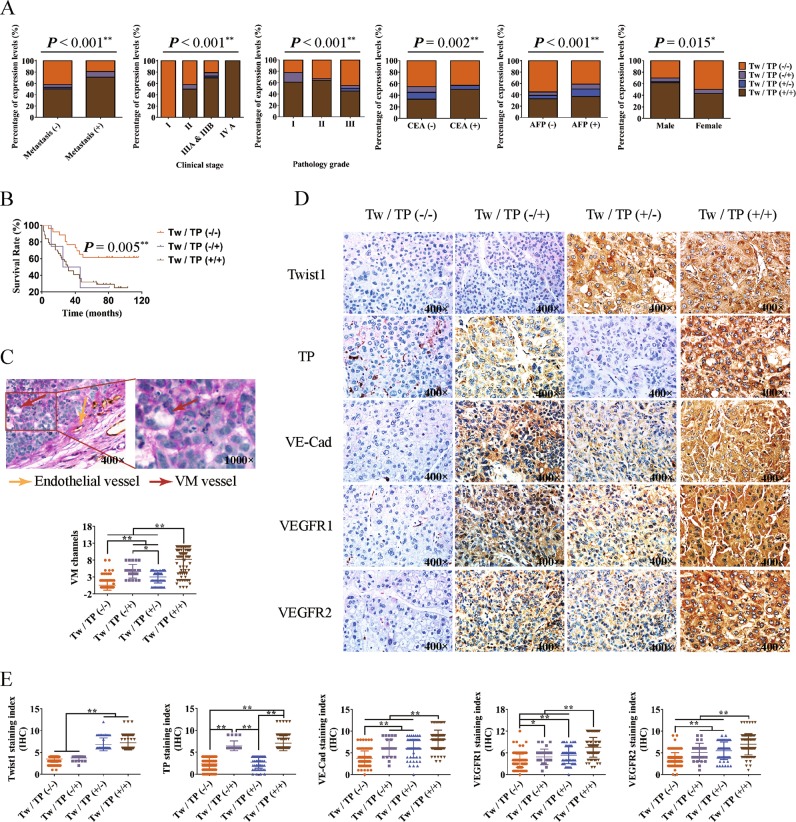Fig. 5. Twist1 relies on thymidine phosphorylase (TP) to promote hepatocellular carcinoma (HCC) malignant progression.
HCC samples were divided into four groups of Twist1/TP (−/−), Twist1/TP (−/+), Twist1/TP (+/−), and Twist1/TP (+/+) according to the Twist1/TP expression levels. a Correlation between Twist1/TP expression and HCC characteristics, including metastasis, clinical stage, pathology grade, carcinoembryonic antigen (CEA) level, alpha-fetoprotein (AFP) level, and gender. b Overall survival analysis of Twist1/TP on patients with HCC. c Correlation analysis between vasculogenic mimicry (VM) formation and Twist1 and TP expression in 306 cases of HCC. The VM channel was PAS positive, but it did not express CD31 (red arrow). Endothelial vessels were PAS- and CD31-positive (yellow arrow). d Analysis of the HCC specimens by IHC. VE–Cad, vascular endothelial growth factor receptor 1 (VEGFR1), and VEGFR2 were minimally expressed in the Twist1- and TP-negative expression groups. When Twist1 and TP were individually or both positively expressed, the expression levels of the three marker proteins increased. e Statistical analysis of protein expression in 306 HCC specimens among the four groups (mean ± SD; *P < 0.05; **P < 0.01)

